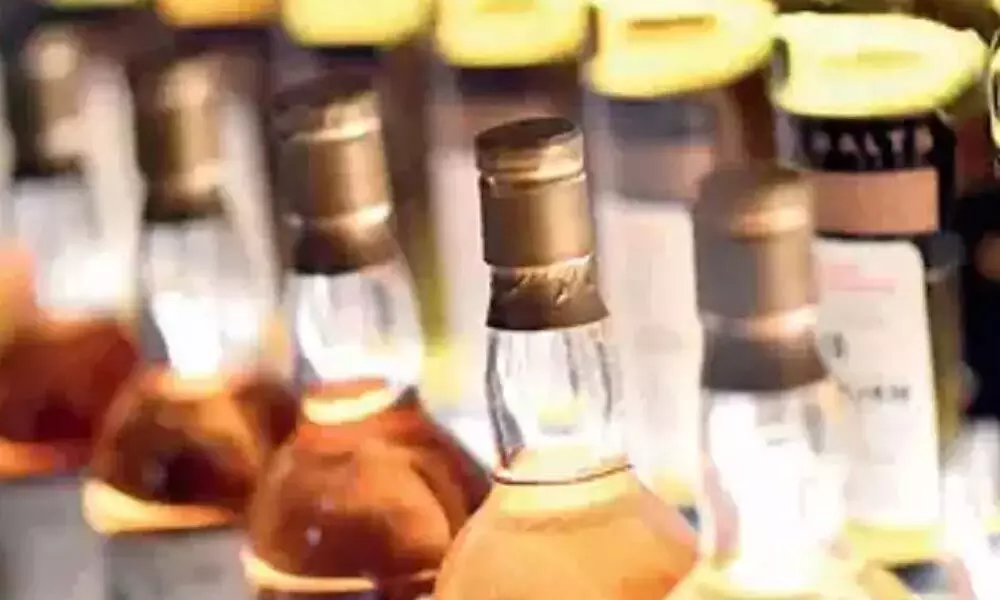As off-premise alcohol sale soars, brands focusing on product premiumisation
Although much of the alcoholic drinks industry has toiled, some have found a way to flourish, with people finding innovative ways to take the bar setting to their own home.
image for illustrative purpose

Although much of the alcoholic drinks industry has toiled, some have found a way to flourish, with people finding innovative ways to take the bar setting to their own home.
Indian Council for Research on International Economic Relations (ICRIER) said over 70 per cent of the growth in alcoholic beverages consumption in India in the next decade will be driven by the lower middle and upper middle-income groups, and there is a growing trend towards product premiumisation.
The number of people consuming alcohol in India increased from 21.9 crore in 2005 to 29.3 crore in 2018 and is projected to increase to 38.6 crore by 2030. The average volume per person in the alcoholic drinks market is expected to amount to 8.32 liters in 2021.
The share of the upper-middle income group in alcohol consumption has increased steadily from seven per cent to 21 per cent and is expected to increase to 44 per cent by 2030.
Drinking culture, like everything else, has moved to the home. What the industry calls 'off-premise' alcohol sales - those that don't take place in bars and restaurants - are soaring. According to data from Nielsen, they were up 55 per cent for the week ending March 21 (versus the same week last year). The current split between online and offline sales is 60:40, but this will reverse as offline retail returns to normalcy.
Over the last three years, brands such as Mumbai-based Svami and Delhi-based Sepoy & Co have lured consumers with premium tonics in sophisticated flavours. Part of Svami's large portfolio is light tonic water and the three Cal Tonic. Ankur Bhatia, an industry veteran is also spicing the market with Jimmy's cocktails.
It's not just manufacturers and retailers. Any restaurant worth its salt draws a huge part of its profits through the sale of alcoholic beverages. With dine-in being shuttered across most of the country, restaurants have to switch to providing mixers sans the actual alcohol for orders, in what is possibly the most depressing BYOB ever. And still it works, largely due to the efforts of these nascent brands.
By 2023, IWSR expects total beverage alcohol consumption to return to pre-Covid levels, with consumption steadily increasing through to 2025. Recovery will be boosted by the industry pivoting rapidly in key markets, the momentum of e-commerce and RTDs, and increasing sophistication of the at-home occasion in many markets. The two fastest-growing categories, according to IWSR forecasts, are no-alcohol spirits and RTDs.
The most popular occasion to consume no/low products is when relaxing at home (64 per cent), and the category's suitability to low-tempo occasions is a key reason why it has been so resilient during the pandemic. IWSR research also indicates that consumers are consistently pointing towards taste as key to drinking no/low alcohol, which underscores a finding that consumers are generally willing to pay a similar price for a no/low beverage as a full-strength one.

